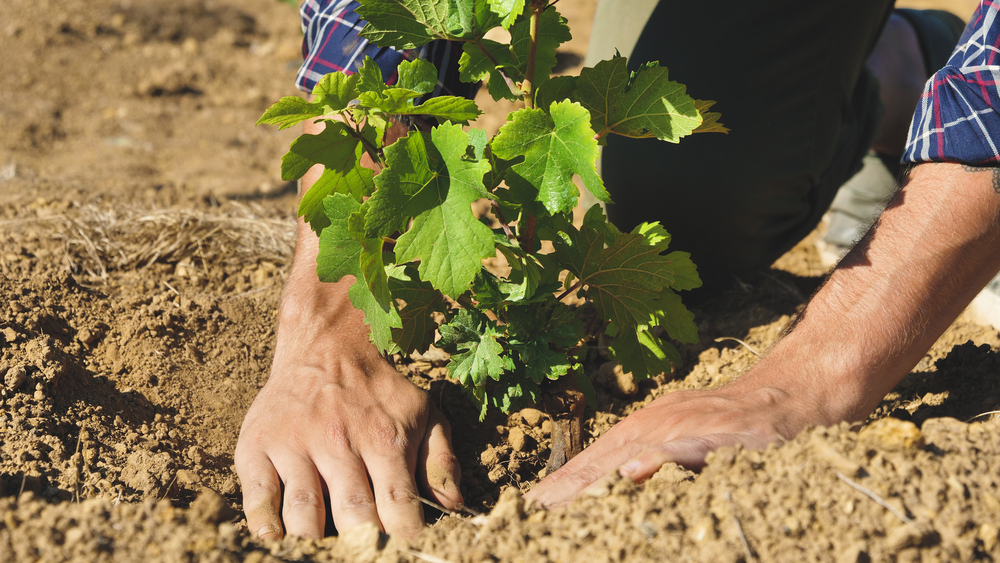
Menu



September 27, 2023

Wine growers create vineyards to enhance the quality control of wine production. It is also an opportunity to grow a grape variety that matches the demands of their customer base. Besides the business perspective, growing your grapes can be very rewarding.
Even so, vineyard growers should be ready for hard work and understand what it takes to grow healthy grapes. More importantly, it is advisable to prepare for unforeseen events, which often lead to significant financial losses.
To insure your vineyard, consider speaking to a professional crop insurance agent.
Growing grapes is an extensive process that undergoes lots of frequent changes. Therefore, conduct thorough research about seed varieties, inputs, estimated cost, and new growing techniques.
Choosing a suitable grape variety will result in a considerable harvest and fewer issues with pests and diseases. You may also opt to plant one or more grape varieties depending on the type of wine you’d like to produce.
The most appropriate variety should match the soil type, climate, and ecological conditions. Choose a variety that grows and ripens well in your region and has pest and disease-resistant qualities.
Although grapes can grow in multiple locations, tasty and healthy grapes thrive in particular locations. Some of the primary factors when choosing a vineyard include elevation, climate, infrastructure, and layout of a vineyard.
For instance, elevation influences the minimum and maximum temperatures in a vineyard. The vineyard’s slope also matters—the ideal location should be on gently sloping land, allowing cold air to drain into lower areas.
Soil preparation is a series of steps including adjusting soil fertility and PH, rectifying drainage, and leveling the land. For instance, you must conduct soil tests a year before planting grape vines where soil PH adjustment may be necessary.
A year before planting, plough the soil and subsoil and level it to prepare the site for planting. If there’s a restrictive soil layer, you may need to rip or subsoil it.
You’ll need vineyard insurance to protect your crop against unforeseen events such as floods, drought, fire, pests and disease outbreaks, and hailstorms. Crop insurance protects the ‘’winegrower’’ against reduced revenue, total loss, or losses related to damaged facilities and equipment.
Consider the following when choosing a suitable insurance package:
A prolonged drought can lead to total crop failure. If uninsured, the loss can disrupt your winery operations, compounding your losses. Fortunately, an insurance policy offers cashback, which helps mitigate the loss.
At Panorama Insurance Agency, we’ve been in the insurance business since 1973, making us an ideal partner for insurance needs.
Contact us online or call us at 818.600. 9179 to request a quote.
Think of joining Amazon Relay?
You’ll need the right insurance
Company
Contact
Panorama Insurance Agency 19302 Citronia Street Northridge, California 91324
